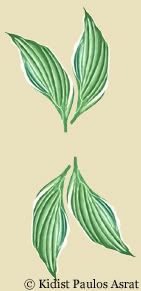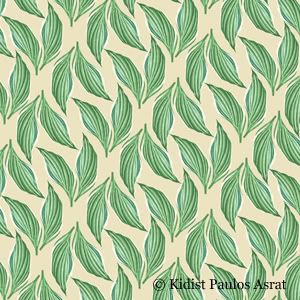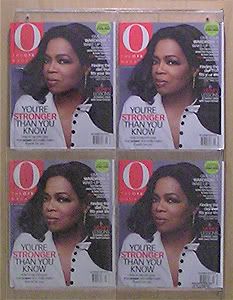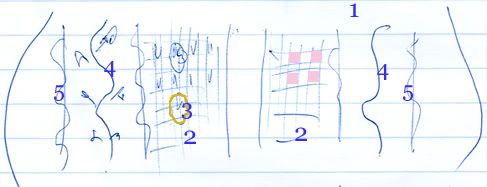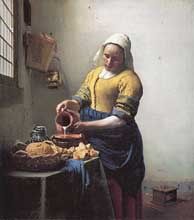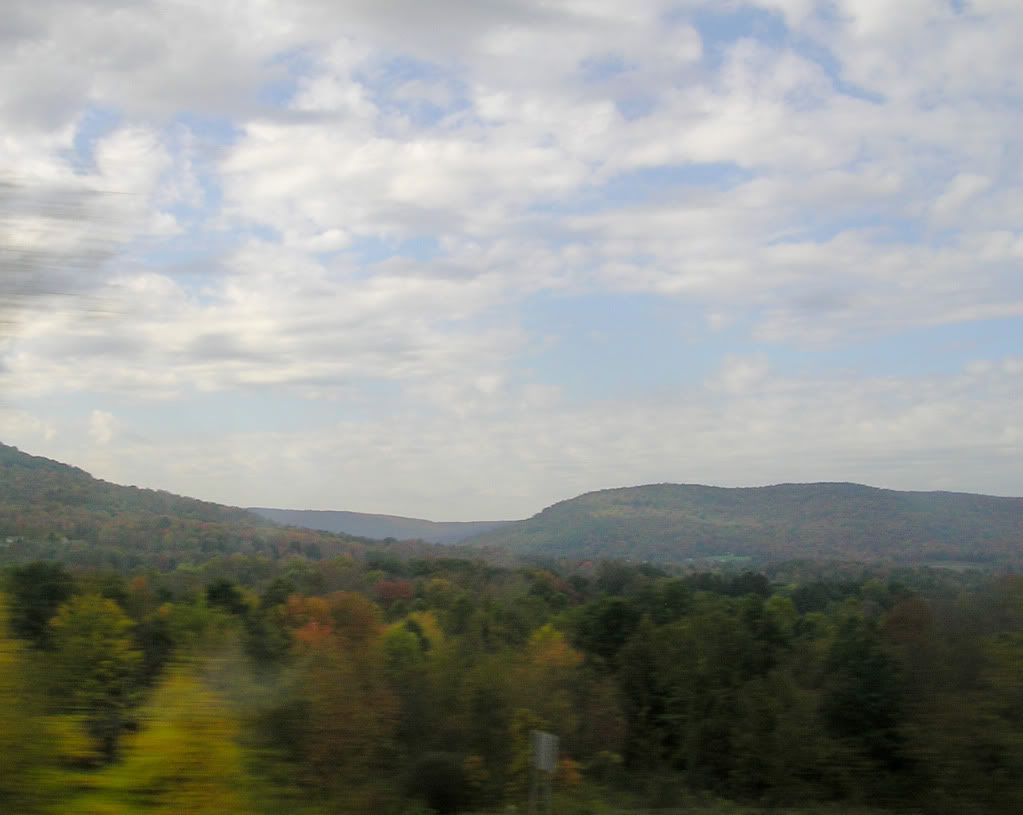I just finished James Kalb's seminal book The Tyranny of Liberalism: Understanding and Overcoming Administered Freedom, Inquisitional Tolerance, and Equality by Command.
It is an incredible whodunit unravelling the great liberal machine. There are many things that I knew instinctively about liberalism, but it was fascinating to read it so articulately and thoroughly written by someone who has spent much time and scholarship on the subject.
I'm not sure if non-conservatives would read it. And if they picked it up, I don't think they would see these machinations. It seems to me that one already has to be "converted" to conservatism to understand and appreciate this book. Also, I don't think it is for those border-line cases. The book is a little too dense and intricate for that. Perhaps someone like Dennis Prager, who is very good at putting things in concise list terms, might pick up where Kalb left off.
Kalb's proposes that traditional conservatism (traditionalism) is an organic entity that grows from local, particular efforts. He suggests that this is how people should tackle traditionalism:
Practice, with the help of observations and reflection makes perfect.The most difficult thing is to get the organically-growing patterns to start in the first place. He outlines his ideas for a traditionalist movement:
That step-by-step process is the way in which tradition develops, and it gives it its coherence and reliability. Tradition starts with basic functional patterns that establish themselves because they work. Those patterns grow and extend themselves through the strengthening and development of what is helpful and through the rejection of what leads to conflict and failure. Beliefs, attitudes, and practices that work are extended and refined. Those that do not wither and die.[p. 197]
Traditionalists cannot choose withdrawal. They must take part in public life at least in self-defense…[p. 262]Kalb spends the second half of his book trying to define traditionalism, as well as give guides as to how that can be achieved. But, I think this is the least successful part of his book, and is more sketchy than his dismantling of liberalism in the first half. Perhaps that is his next project, both a philosophical/political delineation of modern (or contemporary) traditionalism and a much-needed practical guide of how to concretely implement this traditionalist movement. That looks like two more books to me.
The immediate practical function of a traditionalist movement would be to make life in accordance with traditions easier and more practical for those inclined to it…[p. 263]
Tradition is never far away. It does not invent but secures and fosters the good everywhere present…[p. 267]
Every man who starts his own business, every family that adds to its independence by reducing its expenses, every woman who stays home to run the household and educate her children, every local congregation that takes on more demanding standard of conduct, every independently minded scholar who writes a book, gives a speech, contributes to a little magazine, or sets up a website, establishes a zone of ordered freedom within the anarchic tyranny that is advanced liberalism…Eventually, we may reach a tipping point and social life begin to take on a different form.[p. 268]





